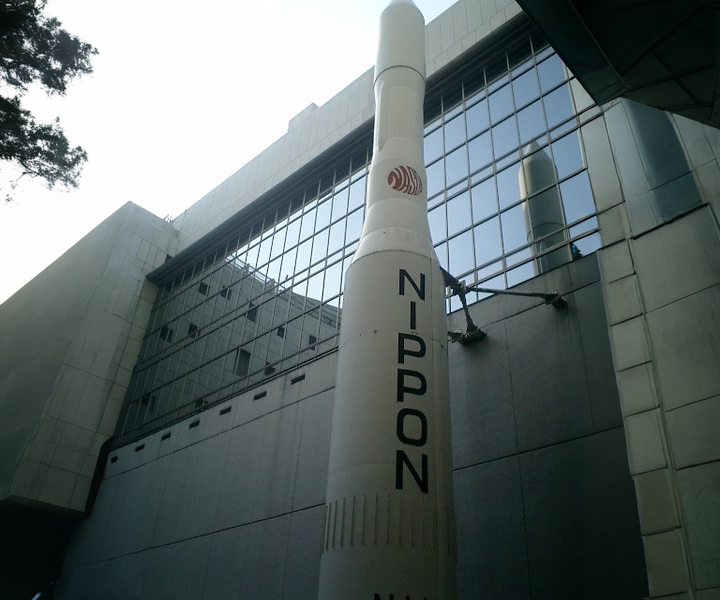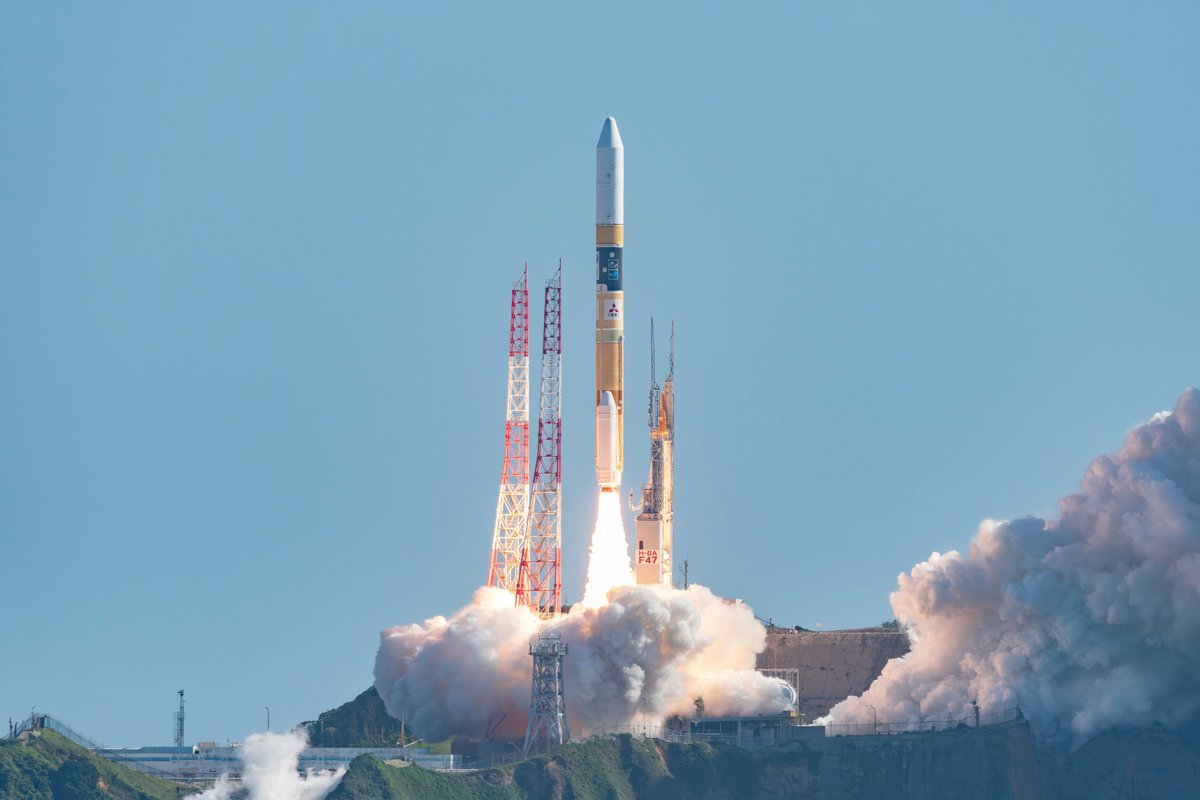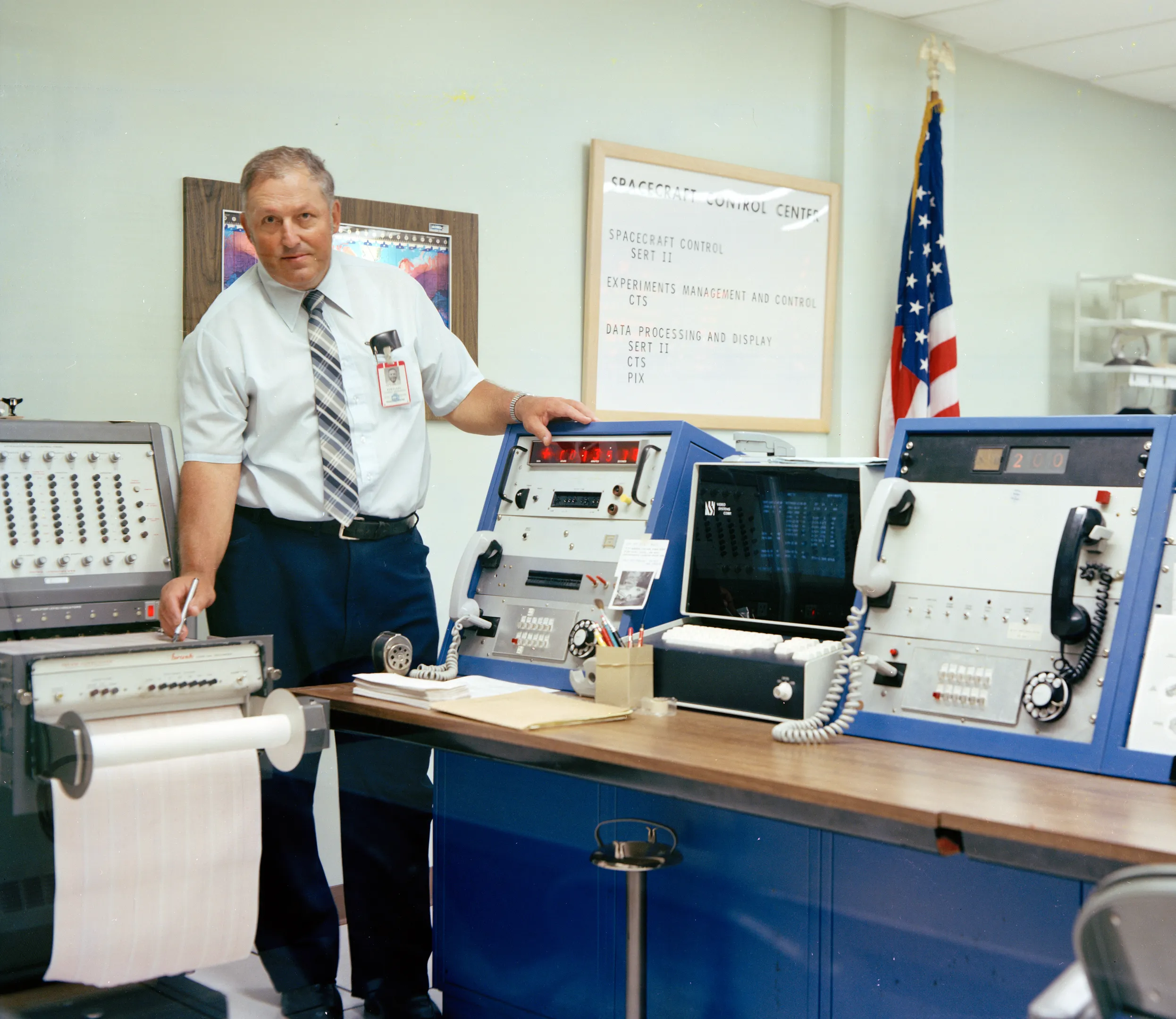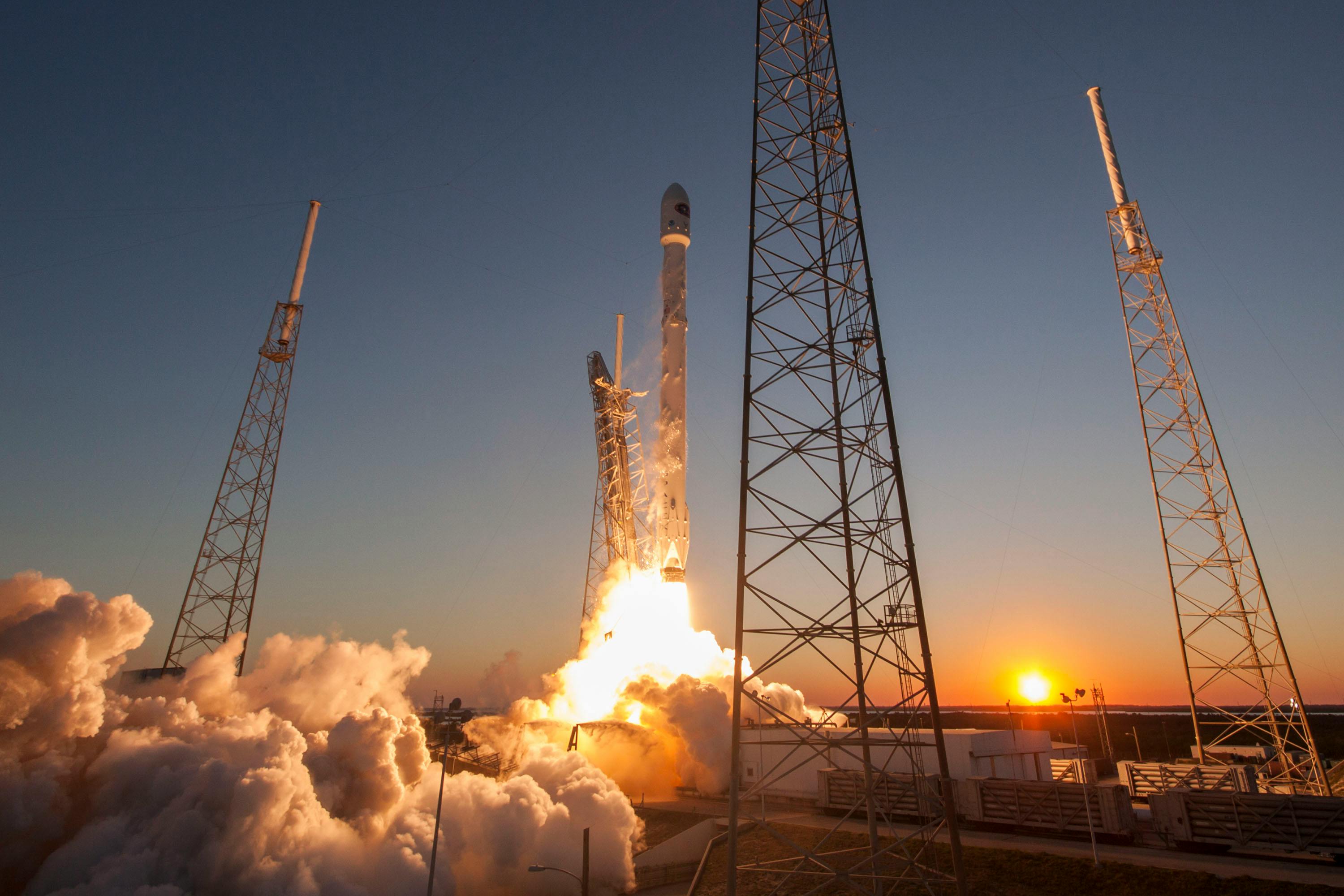· today in space history · 4 min read
The Day Apollo 14 Restored NASA's Lunar Dreams
Fifty-four years ago, a Saturn V rocket lifted off carrying three astronauts determined to prove America could still reach the Moon after the near-disaster of Apollo 13
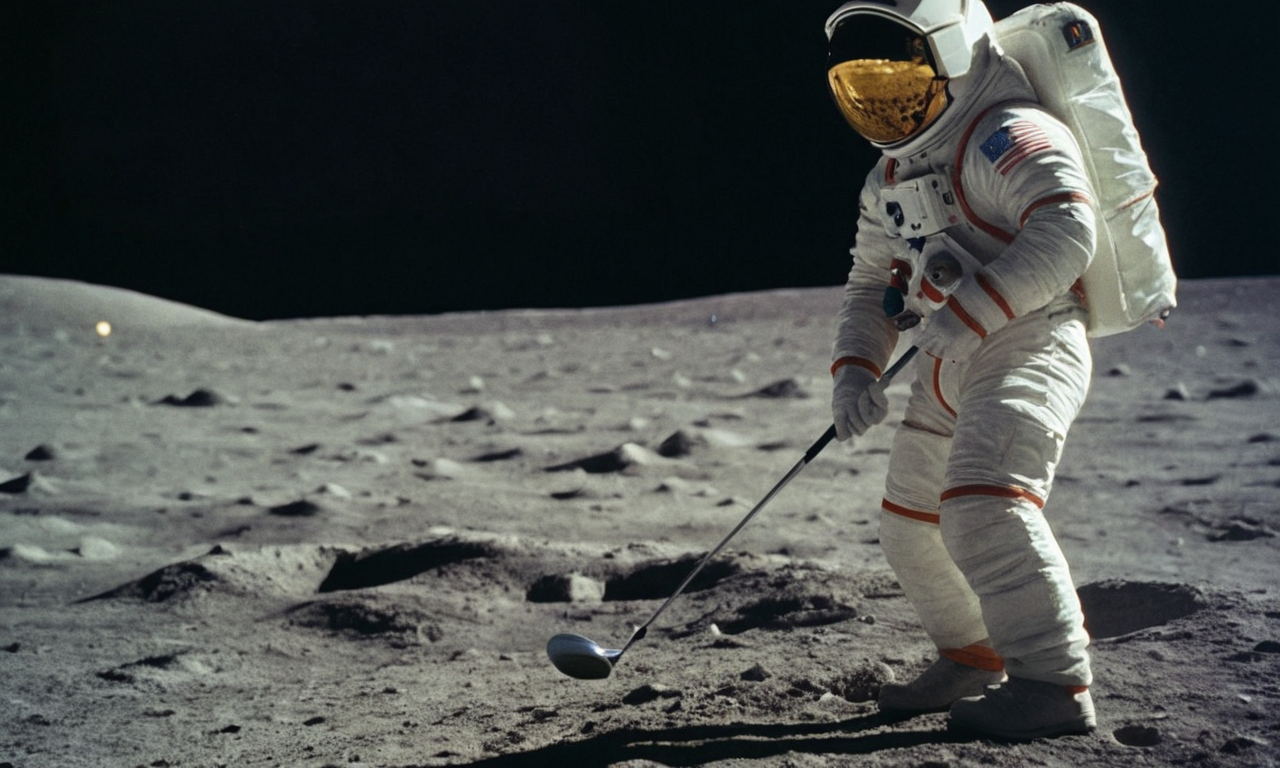
At 4:03 p.m. EST on January 31, 1971, a Saturn V rocket thundered into the Florida sky, carrying with it both three astronauts and NASA’s hopes of recovering from the near-disaster of Apollo 13. For the first time in the Apollo program’s history, weather had forced a delay – a 40-minute hold that only added to the tension surrounding this crucial mission. Aboard were Commander Alan Shepard, Command Module Pilot Stuart Roosa, and Lunar Module Pilot Edgar Mitchell, each keenly aware of how much was riding on their success.
A Mission Born from Near-Disaster
The shadow of Apollo 13’s oxygen tank explosion hung heavy over the launch. NASA had spent nine months meticulously reviewing and revising procedures, determined to prevent another near-tragedy. For Alan Shepard, who had been America’s first astronaut in space a decade earlier, this mission represented more than just a return to flight – it was his one chance to walk on the Moon after being grounded for years due to an inner ear condition.
The Docking Drama
The first major challenge came during the translunar coast when the Command Module Kitty Hawk struggled to dock with the Lunar Module Antares. For an hour and 54 minutes, the crew attempted the maneuver five times before finally achieving a hard dock on the sixth try. This unexpected difficulty tested both the crew’s patience and Mission Control’s nerve, but ultimately demonstrated the value of extensive training and cool heads under pressure.
Fra Mauro: The Scientific Prize
The mission’s target was the Fra Mauro formation, the same site Apollo 13 had been forced to abandon. Scientists believed this area contained some of the Moon’s oldest rocks, ejected from deep within the lunar crust by the impact that formed the Imbrium Basin billions of years ago. The site promised to help answer fundamental questions about the Moon’s origin and early history.
Innovations in Lunar Exploration
Apollo 14 introduced several new tools for lunar exploration, most notably the Modular Equipment Transporter (MET) – a two-wheeled cart nicknamed the “lunar rickshaw” that allowed the astronauts to carry more tools and samples than ever before. This seemingly simple innovation would prove crucial during the ambitious geology traverses planned for the mission.
Moments That Captured the World
The mission produced some of the most memorable moments in space history. Shepard’s impromptu golf shot with a makeshift club – hitting a golf ball that went “miles and miles” in the lunar gravity – captured the public’s imagination and showed a playful side to space exploration. More significantly, the crew collected 94 pounds of lunar samples, including the famous “Big Bertha” rock, which later proved to be one of the oldest lunar samples ever found.
Legacy and Impact
Apollo 14’s success rebuilt confidence in NASA’s lunar program and paved the way for the even more ambitious Apollo 15, 16, and 17 missions. The scientific haul from Fra Mauro revolutionized our understanding of lunar history, while the mission’s emphasis on geology helped establish the role of astronauts as scientific explorers.
Today, as NASA prepares for the Artemis program’s return to the Moon, Apollo 14’s lessons remain relevant:
- The importance of thorough preparation and the ability to adapt when things don’t go as planned
- The value of combining scientific objectives with human ingenuity
- The crucial role of new tools and technologies in expanding exploration capabilities
Looking Forward
As we mark the anniversary of Apollo 14’s launch, the mission’s spirit of resilience and discovery continues to inspire. Next-generation astronauts preparing for Artemis missions will carry with them not just improved technology, but the accumulated wisdom of Apollo missions like this one – where persistence, skill, and courage turned potential failure into triumphant success.
The mission that began with a weather delay on January 31, 1971, would go on to cover more than two miles of lunar terrain, deploy multiple scientific experiments, and return 94 pounds of Moon rocks. More importantly, it proved that America’s lunar program could overcome setbacks and continue pushing the boundaries of human exploration. As we prepare to return to the Moon, Apollo 14’s legacy reminds us that the greatest achievements often come in the wake of our greatest challenges.

Theodore Kruczek


